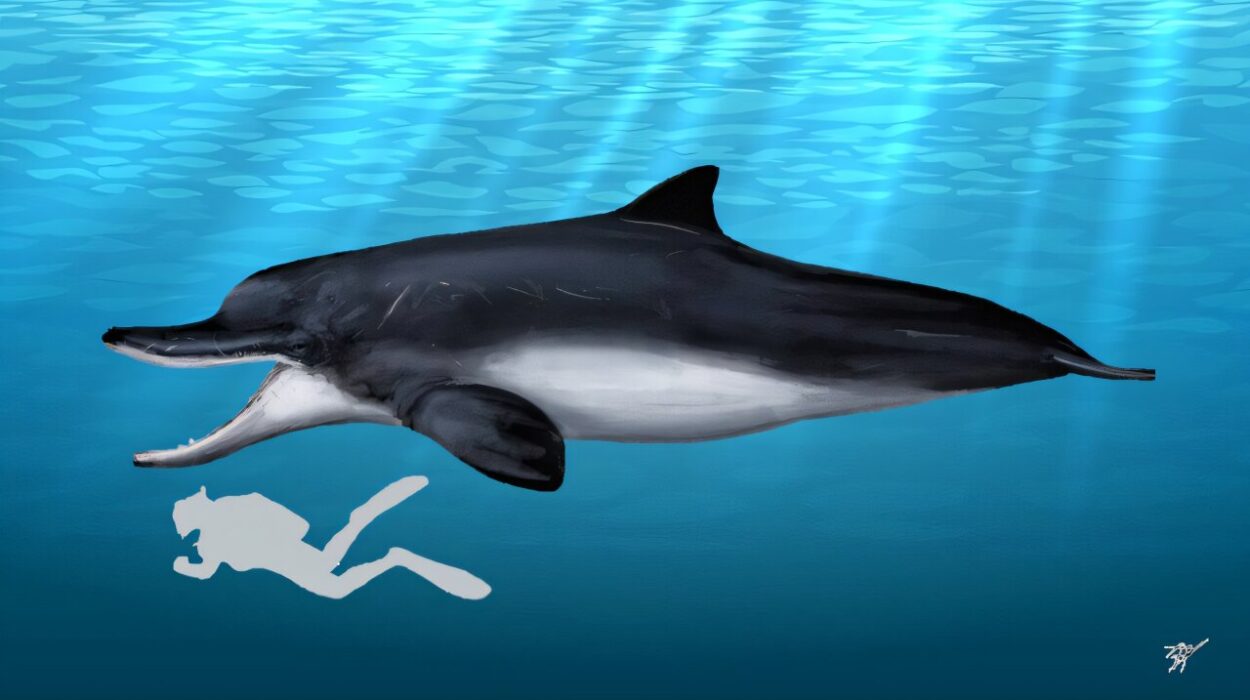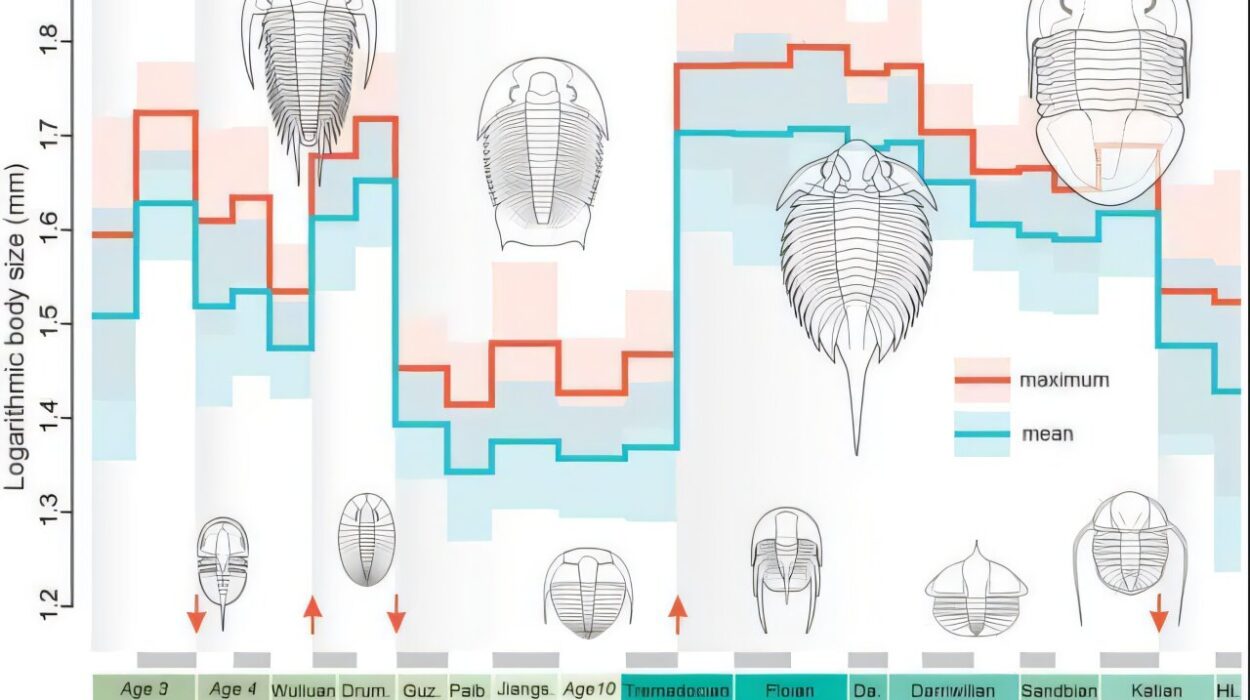More than 300 million years ago, long before the first dinosaurs set foot on Earth, much of what is now northern Illinois was a sprawling mosaic of tropical swamps, river deltas, and shallow seas. Giant tree ferns towered over sluggish waterways. Dragonfly-like insects the size of birds flitted through thick, humid air. Beneath the surface, strange sea creatures drifted in brackish waters, and primitive vertebrates crept through dense undergrowth. This was the Carboniferous Period, a time of staggering biodiversity and transformation, when the Earth was preparing the blueprints for modern ecosystems.
Today, the ancient rhythms of that lost world still whisper to us through stone. Nowhere is that voice clearer than at Mazon Creek—a fossil site that has captivated scientists and fossil enthusiasts alike for more than a century. But thanks to cutting-edge research led by the University of Missouri and geologist Gordon Baird, those whispers have grown into something more profound: a detailed, data-driven portrait of ancient life on the edge of a rising sea.
Fossils Forged in Iron and Time
What makes Mazon Creek so remarkable isn’t just the age of its fossils, but the exquisite way they’ve been preserved. While many fossil beds across the world offer glimpses of hard bones and shells, Mazon Creek gives us flesh, skin, and even the soft bodies of animals that rarely fossilize. How? The answer lies in the site’s unique geological chemistry.
When ancient organisms died in the silty shallows of the Carboniferous coastline, they were rapidly buried under layers of sediment. That alone wasn’t unusual. But here, in the oxygen-depleted mud of those deltas and lagoons, something extraordinary happened. As microbes began to break down the dead organisms, they altered the chemistry of their surroundings, triggering the formation of siderite—an iron carbonate mineral. This siderite formed hard, rounded concretions around the decaying bodies, sealing them away from time.
Each siderite concretion is a time capsule, preserving not just bones and exoskeletons but entire ecosystems in astonishing detail. Within these iron cocoons lie jellyfish, ferns, shrimp, worms, and more—sometimes so delicately fossilized that their body outlines are visible in exquisite relief. For paleontologists, cracking open a Mazon Creek concretion is like opening a storybook from the Carboniferous.
A Lifetime of Discovery, Reawakened by Technology
Among the most significant contributors to our understanding of Mazon Creek is Gordon Baird, a veteran geologist whose work in the 1970s and beyond helped define the site’s fossil record. Over the years, he meticulously collected and cataloged an enormous trove of fossils—over 300,000 siderite concretions from roughly 350 different localities—now housed at the Field Museum in Chicago.
But while Baird’s early analyses laid the groundwork for Mazon Creek studies, the true potential of his collection remained dormant—until now.
In a groundbreaking collaboration, researchers from the University of Missouri’s College of Arts and Science have joined forces with Baird to reanalyze this vast fossil archive using modern imaging techniques and data science tools that simply didn’t exist when the fossils were first collected. Leading the project is Dr. Jim Schiffbauer, a geological sciences professor with a passion for ancient ecosystems and fossil preservation.
Their study, recently published in Paleobiology, is the most comprehensive attempt yet to untangle the ecological history of Mazon Creek—and it’s already changing the way scientists think about the Carboniferous world.
Three Ancient Worlds, One Lost Coastline
In his original work, Baird identified two primary faunal assemblages—groupings of fossilized animals that reflected the different habitats preserved at Mazon Creek. One assemblage came from offshore marine environments, rich in jellyfish, sea anemones, and other soft-bodied ocean life. The other came from a coastal delta, where a mix of freshwater, estuarine, and terrestrial species were entombed together, likely washed in by floods and storms.
But the new analysis goes even further. Using advanced X-ray imaging and computational modeling at Mizzou’s X-ray Microanalysis Core, researchers discovered a third, transitional habitat—a benthic marine zone representing the boundary between shallow nearshore waters and deeper offshore ecosystems.
This intermediate zone, long hinted at in the fossil record, helps fill in a crucial missing piece of the paleoenvironmental puzzle. It reveals how different organisms were sorted by habitat, and how subtle changes in water depth and sedimentation could drastically affect which creatures were fossilized.
As Schiffbauer explains, “These ancient environments were each dominated by specific groups of animals. For example, you see freshwater species like amphibians and primitive insects nearest the shore, jellyfish and cnidarians further offshore, and marine clams and annelid worms in the transitional benthic zone.”
This more nuanced view of Mazon Creek isn’t just about taxonomy. It’s about reconstructing an ancient shoreline, about understanding how life, water, and sediment danced together in the Carboniferous twilight.
Fossilization in Motion: The Dance of Death and Decay
Understanding how these fossils formed is as important as cataloging what they contain. At Mazon Creek, fossilization was not a single event, but a process—a complex interplay of ecology, chemistry, and time.
During the Carboniferous, much of Illinois sat near the equator, and the land was dominated by vast coal swamps. As sea levels periodically rose and fell, coastal deltas flooded, submerging forests and lowlands beneath layers of silt. These episodes of drowning created prime conditions for fossilization.
The different depositional environments—whether swamp, delta, or shallow sea—each created unique microbial and geochemical conditions that shaped how organisms were preserved. Some were buried rapidly, others more slowly. Some decayed in low-oxygen mud, which preserved soft tissues. Others were surrounded by bacterial colonies that helped initiate the growth of siderite shells.
“The different environments affected how quickly and deeply organisms were buried, and in what specific geochemical conditions fossilization may have started,” Schiffbauer noted. “That, in turn, shaped where certain microbes lived and helped form the minerals that make up the concretions surrounding these fossils today.”
It’s a stunning reminder that fossilization isn’t just a matter of chance. It’s a chemical symphony, orchestrated by life and death alike.
From Coal Mines to the Cosmos of Life
The story of Mazon Creek is also a story of industry. It was coal mining, not science, that first exposed the fossil-rich layers beneath Illinois soil. As miners dug into the Colchester coal seam, they unwittingly unearthed one of the greatest paleontological sites in North America.
Now, researchers like Baird and Schiffbauer are working to connect those ancient coal layers with the ecosystems above them. By developing a new sedimentological model, they hope to show how the rising seas and deltaic shifts of the Carboniferous sculpted both the fossil site and the coal deposits themselves.
This isn’t just academic. The Carboniferous was a period of intense ecological change, driven by fluctuations in climate and sea level—conditions not unlike those we face today. By understanding how ancient life adapted (or failed to adapt) to environmental pressures, we gain invaluable insights into the resilience and fragility of ecosystems, then and now.
And the ripple effects go even further. As Gordon Baird emphasizes, “Refinement of information from the Mazon Creek locality will lead to a deeper understanding of similar deposits in other coal basins.” These findings could help scientists reexamine fossil records around the world with a sharper lens.
The Living Legacy of Mazon Creek
In the end, Mazon Creek is more than a window into the Carboniferous. It is a reminder of how nature preserves memory. It shows us that even in death, life can leave behind stories—stories etched in stone, waiting for the right tools, the right questions, and the right minds to decode them.
Thanks to the tireless efforts of researchers from the University of Missouri, SUNY Fredonia, Northeastern Illinois University, the University of Toronto Mississauga, and the private sector, the fossil record at Mazon Creek is no longer just a collection of curiosities. It is a statistically supported, ecologically rich reconstruction of an entire world.
For students of paleontology, it offers lessons in sedimentology, taphonomy, and evolution. For the public, it offers wonder—a chance to see the Earth not just as it is, but as it was, and perhaps as it could be again.
“It offers a real snapshot of the incredible diversity present in the late Carboniferous Period,” Schiffbauer said. “And it allows for inferences about the complexity of food chains and how this ecosystem functioned.”
Mazon Creek is the echo of a forgotten coastline. It is the rust-colored memory of ferns and fish and creatures long vanished. And now, thanks to science, it speaks more clearly than ever.
Reference: James Schiffbauer et al, 283,821 concretions, how do you measure the Mazon Creek? Assessing the paleoenvironmental and taphonomic nature of the Braidwood and Essex assemblages, Paleobiology (2025). DOI: 10.1017/pab.2025.10045






